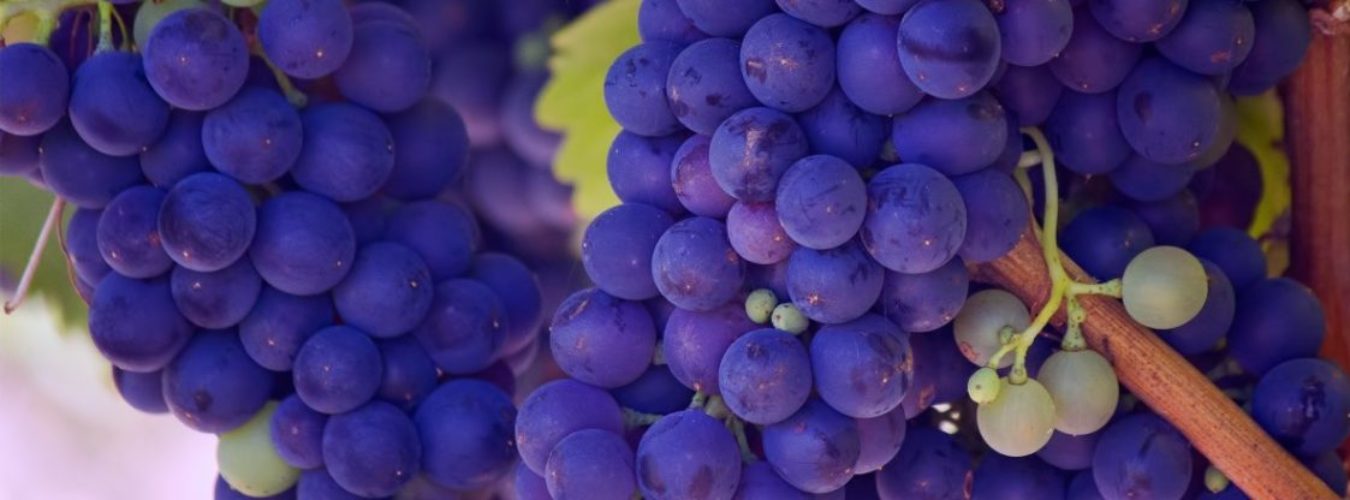If we translate it literally means “Castle” or “mansion”, but if we understand in the context of the wine, Château means Bordeaux wine unit. The Château has all the elements to make wine: has vineyards where they grow the grapes of the region, it has a mansion – which sometimes is a real Castle – inhabited by the owners or the so-called “Maître de chai” (responsible for the wine–making). It also has the physical facilities and means for making wine with grapes from its vineyards, as well as the staff that makes the wine and bottles it. In the time of harvest, in late September or early October, staff is hired to collect the vine; This is transported to the wine facilities where the must is fermented in large wooden casks or stainless steel tanks, which are the modern version of the tanks. After it ages in oak barrels of 225 litres (Bordeaux casks) and finally bottled in the property and left to rest for a variable time before removing the product on sale. All these times are held at the chateau. A good wine from Bordeaux should be on the label “Mis en bouitelles au château“, which means that it has been bottled right there. The legend “apellation Contrôlée” means that the grapes come from the region or the mentioned payment and that the winemaking process and the ageing of the wine have been carried out in that place.
Bordeaux wines are known since ancient times. When the Romans occupied Burdigala (ancient name of Bordeaux) in 56 BC, already existed vineyards, although they expanded and progressed during the Roman conquest. Later, the Visigoths delayed significantly the art of making wine, but as the Gauls had already converted to Christianity before, it was the Church that preserved the traces of ancient knowledge and saved the wine culture, although in the next centuries it suffered many ups and downs.
In 1152 Leonor de Aquitania married Enrique Plantagenet, count of Anjou and King of England and as dowry brought the Guyenne (or Gascony) and the city of Bordeaux; Thus the region became property of the English Crown. Richard the Lionheart spent a season in the city and apparently caught the friendliness of its inhabitants. Shortly afterwards the Bordeaux wine was consumed in England and because at this time was a wine more light to the current one, it was widely known as “Claret”, name that even the English give this wine. During the reign of Luis XIV, the monarch liked to eat with the wines of St. Emilion and since then her fame has spread around the globe. The first claret that lay in bottles for its aging was Chateau Lafite in 1797. Thomas Jefferson, when he was Ambassador of the United States in France discovered the best wines in the country and wrote a letter to James Monroe who, in 1817, was President of the United States, recommending to buy the “Château Margau, Tour de Segur, Hautbrion and of the Fite, who cost 3 pounds per bottle”.
Not all wines from Bordeaux are called “Château”; only if they come from a vineyard that is accredited by the Appellation Controlée, which guarantees its origin, although not its quality. If the wine is made with grapes from the region of Médoc or St Emilion, but not from a single vineyard, then simply be called Médoc or St Emilion (without that preceding the word “Château”) and are usually bottled by a merchant, so do not carry the legend “mis en bouitelles au Château“. If the grapes are not even in a given region, but any part of Bordeaux, then the wine can only be entitled to bear the name of Bordeaux.
So you know: a Bordeaux wine is more generic and less pricey than a Médoc. A Margaux or a St. Julien are better than a simple Médoc, but… beware!, a Margaux is NOT a prestigious Château Margaux. Its quality and price are not comparable. You can take a Margaux many times, but if you ever take Château Margaux, you should be considered very fortunate to have had access to such wine gem.

Esta obra está bajo una Licencia Creative Commons Atribución-NoComercial 4.0 Internacional.
¿Do you know what is a château?

